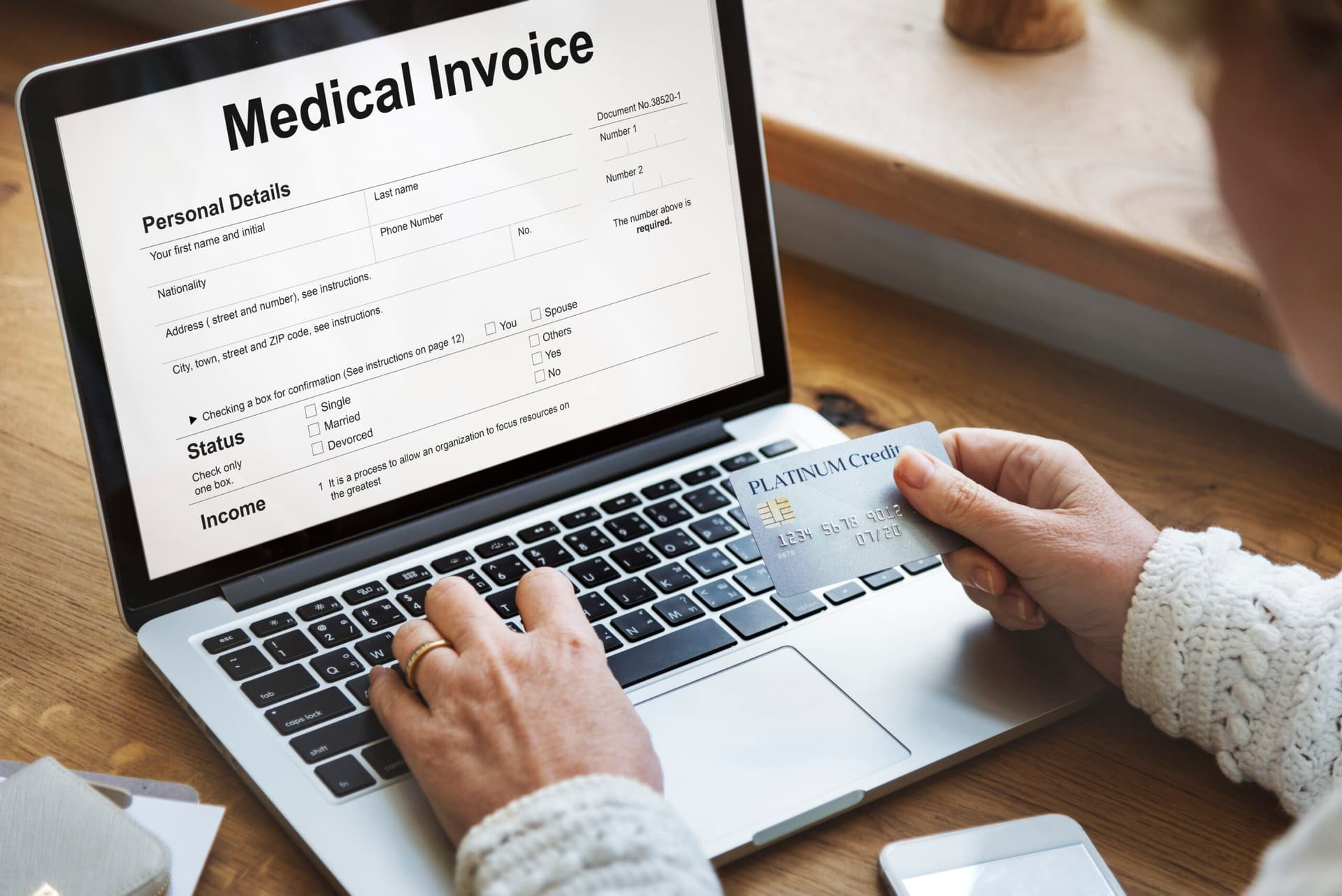Most patients have insurance for their medical expenses. Conventional insurance plans determine the value of services submitted on a claim, which they define as the allowable. Plans that emulate the original Blue Shield policy then pay the provider 80 percent of the allowable, unless there is an applicable unmet deductible. The result is typically a patient responsibility of 20 percent for the allowable. This, of course, only applies to patients who actually have insurance. When it comes to self-pay or no-insurance patients, they are technically responsible for the entire charge (although, given actual experience, it is highly unlikely that the provider will collect anything close to the actual charge).
It is the consensus of billing professionals that it is much easier to collect the insurance payment (although this is not always a given) than the patient payment. There are many reasons for this. The perception of many patients is that the insurance payment should be sufficient. For the vast majority of patients, however, medical expenses are simply not part of their budget as would be the case for mortgage, electricity, cable, school charges and food. Indeed, most Americans do not have enough savings for an unexpected emergency expense of $1,000. How, then, should they be able to pay the co-payment charges from all those providers associated with even a minor surgery. There is a compounding challenge when it comes to anesthesia charges: patients tend not to appreciate the value of anesthesia services since they were unconscious during the surgery. In other words, they take the value of anesthesia for granted.
Challenge and Opportunity
Coronis Health management reports distinguish insurance balances from patient balances, which is a useful tool for identifying what can be expected from patients and their insurance. The problem, however, is that this tends to draw attention to the challenge associated with collecting money from patients. If you want to buy a television from Best Buy, you cannot leave the store with the TV unless you have either paid for it or made an arrangement for financing. This is clearly not the case for medical services, which are provided and then priced. Rarely does a patient having a surgical procedure even know what his or her actual responsibility will be until the claim has been adjudicated.
Ideally, practices would be able to get a pre-payment for their services, but this is problematic from a number of perspectives. First, the actual anesthesia charge is not calculated until after the service has been provided and a certified coder has reviewed the record to determine what is billable. Second, the nature and details of each patient’s insurance coverage can vary significantly. Third, it can be especially challenging to know how much of the deductible is still outstanding. On top of these challenges is the question of how a pre-payment would even be collected. Most hospital-based practices rely on the admissions’ clerks to get the demographic information. Expecting them to also collect money for anesthesia is wishful thinking, unless the hospital administration has been convinced of the value of collecting anesthesia monies up front. However, obtaining pre-payments has been successfully implemented by many groups at their surgi-centers.
The best time to collect professional fees is when the service is provided. Given that this is not possible for most anesthesia providers, the sooner the practice can get the patient to acknowledge responsibility for the payment, the better. Conversely, the longer they wait to collect from the patient, the less likely they are to see their money. Some collection agencies have some creative and aggressive strategies, including legal action and credit agency reporting, but their fee percentage is a reflection of the challenge they face.
Our experience has been that it is most important to have realistic expectations when evaluating the self-pay accounts receivable. Although many providers insist on holding patients to aggressive payment plans, this is often simply not possible. The hard truth is that it is always better to get something rather than nothing.
Our experience is that the challenge of collecting money from patients is becoming ever more significant. The percentage of patients with no insurance or who have very high deductibles is going up year over year. There are no good solutions to the problem, but the time has come to explore any and all available options.
